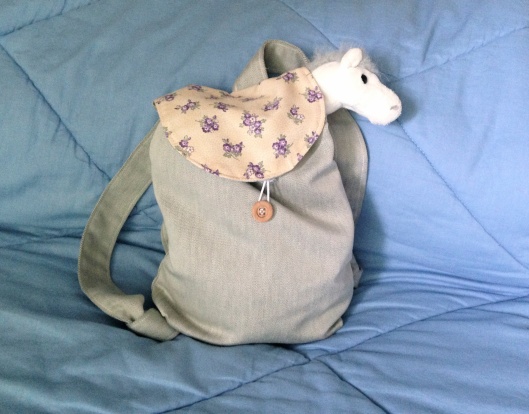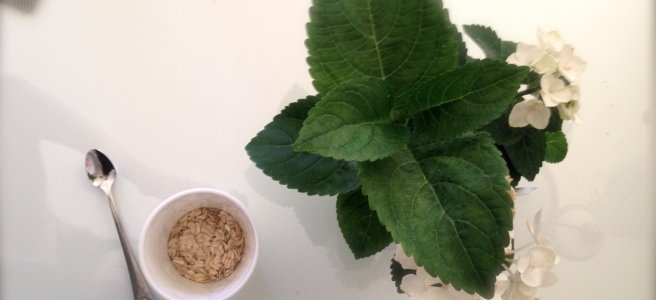I am not a well-learned seamstress, nor am I always a patient one. As much as I appreciate true skill and art of sewing, I (admittedly) tend to skip steps and “cut corners.” So, here are some of my favorite sewing tips, many of which I need to remember to do myself!
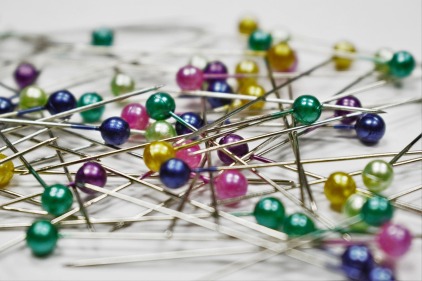 Zig-zig the edges of your fabric and prewash it. I confess I’m guilty of skipping this step. A lot. However, if you really want something to turn out well, do it. You don’t want to find out (surprise) that your perfectly finished garment has shrunk or bled in the wash later on. And DO put a zig-zag on the edge of fabrics you know might fray when washed. Trust me; otherwise you will have loose frayed strands wrapping around everything else in the wash, ligature-style.
Zig-zig the edges of your fabric and prewash it. I confess I’m guilty of skipping this step. A lot. However, if you really want something to turn out well, do it. You don’t want to find out (surprise) that your perfectly finished garment has shrunk or bled in the wash later on. And DO put a zig-zag on the edge of fabrics you know might fray when washed. Trust me; otherwise you will have loose frayed strands wrapping around everything else in the wash, ligature-style.- Use rocks to hold your paper patterns flat. Pinning the pattern to your fabric is a pain and sometimes you will want to minimize the amount of pins you stick in delicate fabrics. So, keep the pattern in place by placing medium-sized rocks at the corners while you trace out the pattern onto the fabric.
- Use a million pins. Pin everything in place to the nth degree, especially when working with knit and stretchy fabrics. This is probably a good tip no matter if you are an expert or not, but for those of us who aren’t enormously adept at guiding the fabric through the machine just right, having everything practically stapled in place with pins is essential. Trust me, I know the temptation to skip the pins and dive right into sewing. I’ve been there. But I’m telling you, fight down that impulse and pin it.
- Keep magnets handy to pick up or store pins. Pin cushions are great, but there’s something to be said for having a magic talisman that makes every pin it encounters stick to it immediately. Avoid dropped and mislaid pins by using magnets instead of (or in addition to) pincushions.
- Sew “manually” with the hand crank in tough spots. This might be dirt obvious to most sew-people, but I honestly didn’t figure it out until I was trying to sew a topstitch halfway pretty. Don’t push the foot pedal, and use the hand dial on the side of the machine instead to manually “walk” the needle and thread around tricky curves.
- MY Rule of Thumb for cutting elastic is half the length it is supposed to stretch along. In other words, measure the whole distance this elastic is supposed to run along. (So if you are putting an elastic waitband in, you will measure around the waist.) Take that figure and divide it by 1/2. There’s your elastic length. Or at least that’s what I usually do. Naturally, I adjust the length if I think the elastic should be tighter or more loose
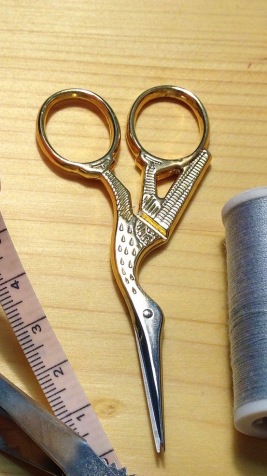
- Invest in nice sharp fabric scissors AND some of those tiny, narrow-nosed scissors for close encounters with threads. Yes, any old pair of scissors will do in a pinch, especially if you take the time to sharpen them nicely. But there is nothing so sacred or useful as a pair of sewing shears meant only for that purpose. Cutting things properly and easily makes the rest of the project go so much better, with a better result. And it’s always good to know that there is at least one good pair of scissors in in the house! As for the “tiny scissors” these make trimming loose threads and delicate areas so much easier–definitely worth the investment of a few dollars if you will be sewing with any frequency.
- Use a test scrap in your machine. Always test out stitches on a scrap piece of fabric first, especially if you have just messed with the stitch settings on the machine. If the tension needs to be adjusted, better to screw up on a scrap than on your actual project!
- Take a crash course in sewing machine tension. You always know if the thread tension is off on my machine because of the high pitched screaming that ensues when clumps of thread start appearing on my precious project. Here’s thread tension in a nutshell:
- If the stitches are too loose on the “top” of the fabric you are sewing, the tension of the top thread (the one coming from the spool) is too tight and is pulling the stitches on the “bottom” through. The cure for this is to lower the tension on the spool thread, i.e. set the tension dial to a lower number.
- Conversely, if there are loose stitches occurring on the “bottom” of the fabric, that means the tension of top thread is too loose. Increase the thread tension, i.e. set it to a higher number.
- That’s basically it. I usually end up messing with the setting, sewing stitches on my scrap cloth until I’m happy with it
- Check that your machine is threaded properly constantly! When your thread falls off one of the main loop-de-loos or hooks (whatever) bad things happen. So, try to keep on top of it. And if your stitches suddenly started misbehaving, that is the first thing you should check. Maybe the thread has wrapped around the thread stand and gotten stuck. Rethread the whole thing if you aren’t sure.
- Use a safety pin to pull drawstrings or elastic through the casing. This is probably a pretty well-known one, but worth mentioning. Attach a safety pin to the end of the elastic/string, then bunch the fabric and guide the safety pin through until it comes out the other end. Make sure you attach the safety pin by folding the end of the elastic or string over once and inserting the pin through both layers of the fold. Otherwise, the end could unravel, the safety pin will come loose, and you will have to start all over again
- Keep a lint roller next to your sewing station to catch all your snipped threads and lint. All the little snips and bits that accumulate while I’m sewing drive me nuts, so call this the neat freak tip. I like to keep a small lint roller next to me and use it to quickly clean everything off. It’s fast and easy and everything stays put until I’m ready to throw it in the trash. If you aren’t into using a lint roller (not wanting to generate the extra waste) then just have a designated spot or container on your table to catch your thread waste. I really feel a clean station and a thread free project will actually help you focus and improve the final results.



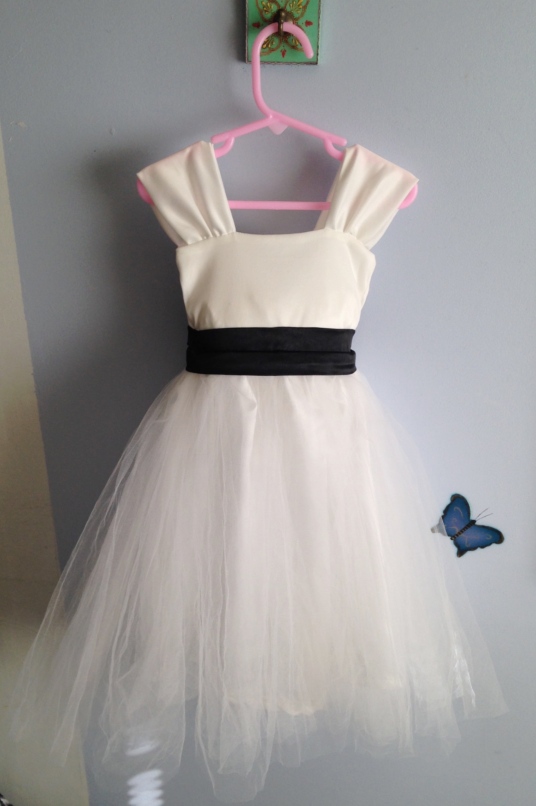
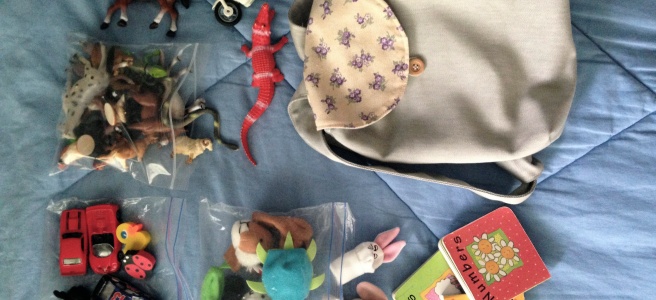
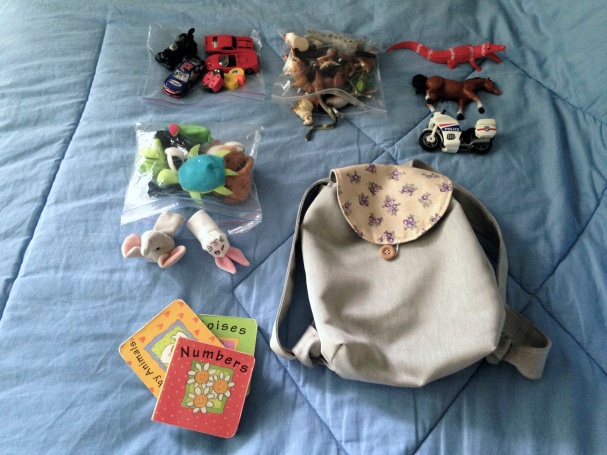
 All in all, traveling with a baby was actually fun. When the toys ran out, I pointed the sights out to her as I saw them and we enjoyed seeing and doing new things together. The neat thing about traveling with young children is that it makes you see things from their point of view a little bit more because, in unfamiliar territory, it’s a new world to you too.
All in all, traveling with a baby was actually fun. When the toys ran out, I pointed the sights out to her as I saw them and we enjoyed seeing and doing new things together. The neat thing about traveling with young children is that it makes you see things from their point of view a little bit more because, in unfamiliar territory, it’s a new world to you too.